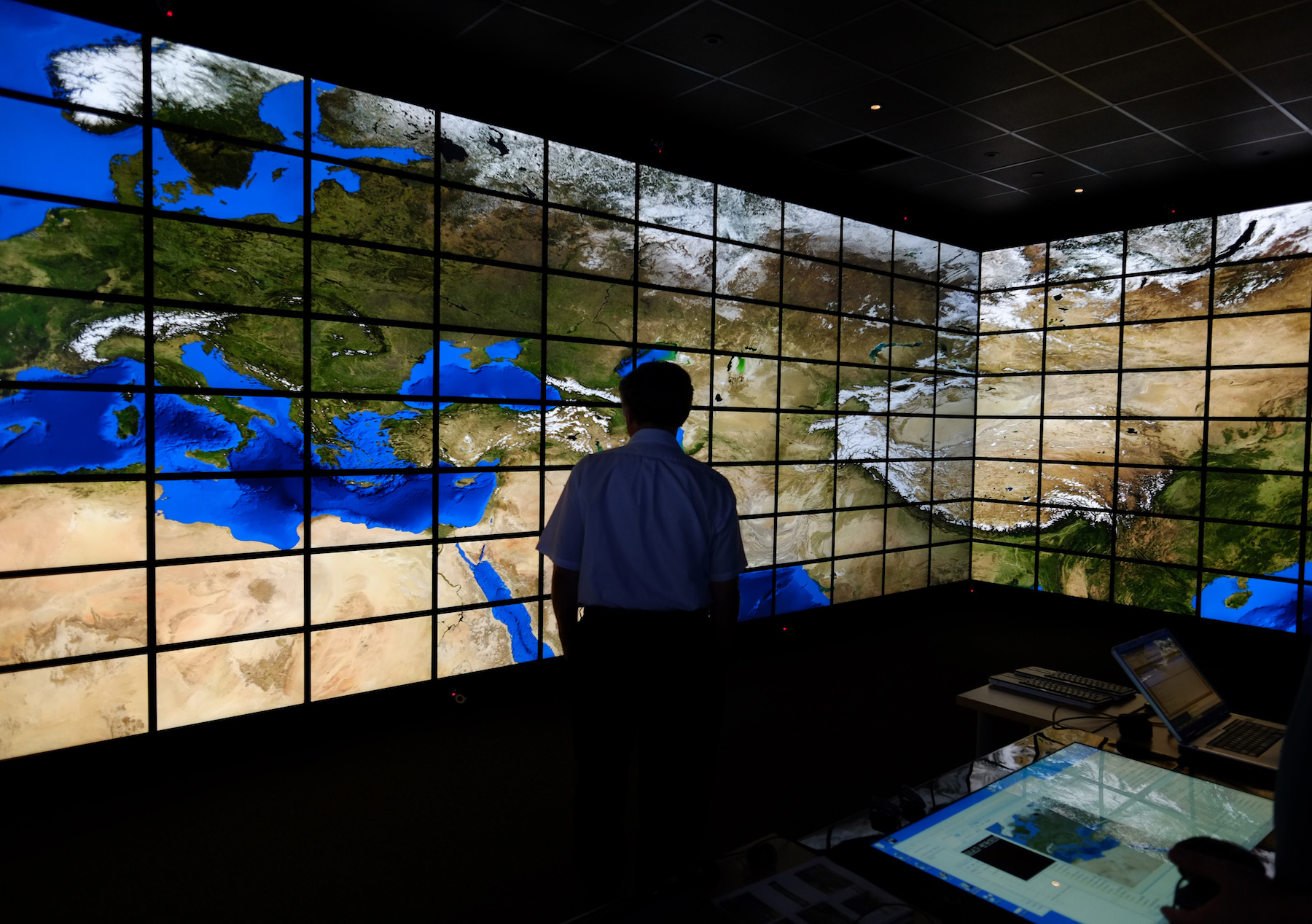Climate Change and Coastal Resilience

Decision makers or end users:
The State of New York passed legislation mandating all future state-funded infrastructure
projects must take account of climate change. Global scale sea-level models are not
enough to achieve this goal. Most communities along NYS coasts have developed plans
to mitigate climate change risks. They need actionable climate science results to
guide their decisions. This need is common to coastal regions around the world. The
public and the planning agencies of villages, towns, counties, and states are the
end users of this research topic.
Research challenges relating to decision-making process:
Climate change poses one of the greatest challenges to society in the 21st century.
Despite knowledge of both past and future climate change (e.g., IPCC AR5), there is
a huge gap between what the climate research community can provide and what stakeholders
need in their resiliency planning. Filling this gap is urgent for coastal communities
because of the certainty of increased coastal flooding from sea-level rise. To fill
this gap, we are conducting research to: (1) simulate coastal flooding under climate
change at spatial scales that resolve streets and large buildings, and (2) characterize
the uncertainties of future coastal flooding from multiple sources, including emission
scenarios (IPCC AR5), global model simulations (CMIP5), regional atmospheric downscaling
(WRF), storm surge models (Advanced Circulation), and bathymetry, topography, and
properties of surface and buildings. The science questions are: How to make accurate
probabilistic predictions of coastal flooding in a given community from storms in
the present and future climate? What resiliency strategies are necessary and feasible
to mitigate future flooding risks?
Data science skills necessary to improve decision making:
The students will be trained to understand how climate models work, how to conduct
regional downscaling, how to acquire and analyze past and future climate simulations,
how to quantify and characterize uncertainties, how to display products that can be
understood by decision makers on whether/how much flooding can occur. The students
will also be able to conduct mitigation scenario modeling of flooding for alternative
resilience strategies.
Assessing improved decision making:
The proposing team and students will make a demonstration product for Suffolk County,
verify results by using short-term predictions of storm surges, and survey the users
and media in the county on the effectiveness of the research-to-application end-to-end
training.
